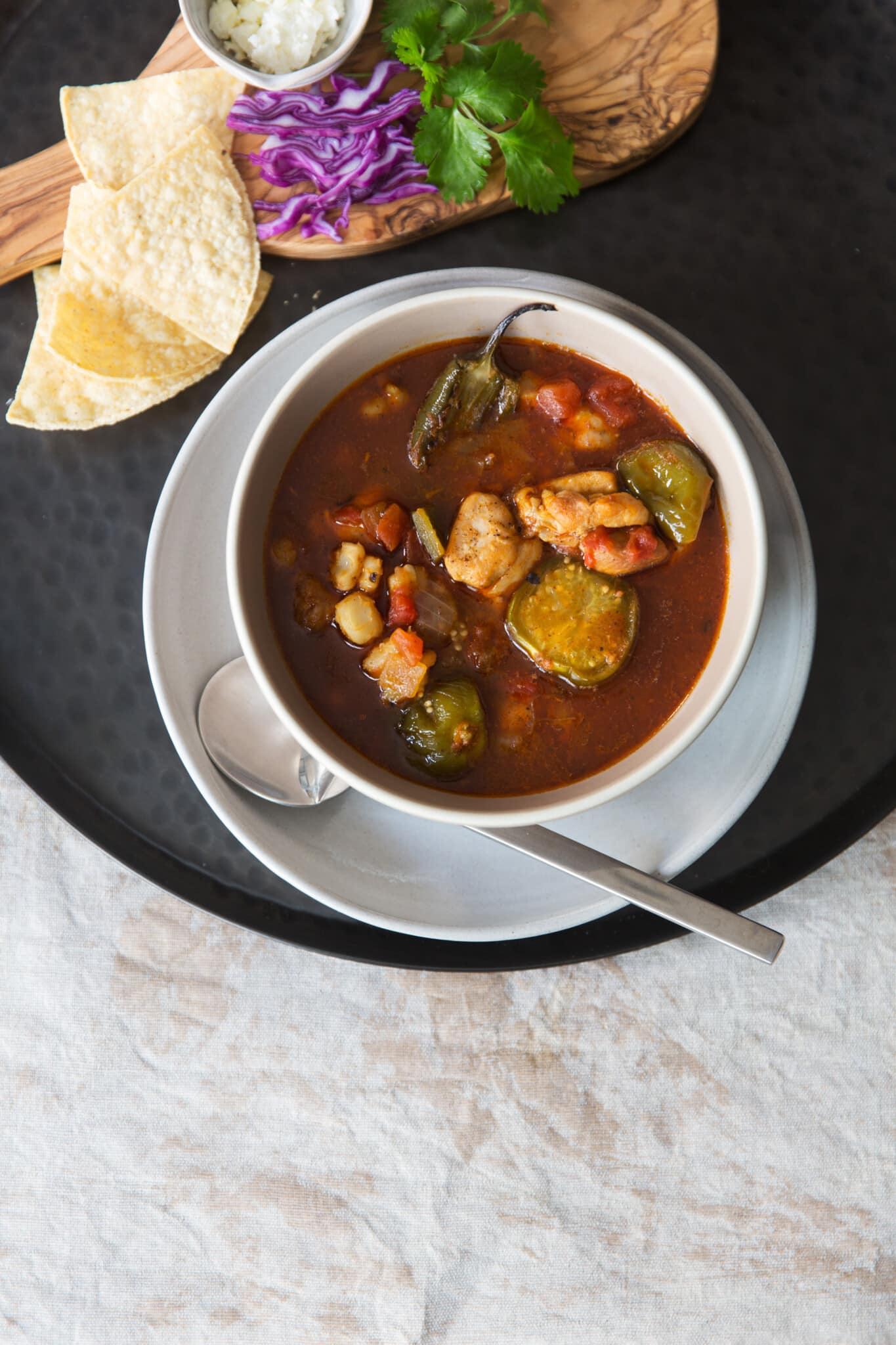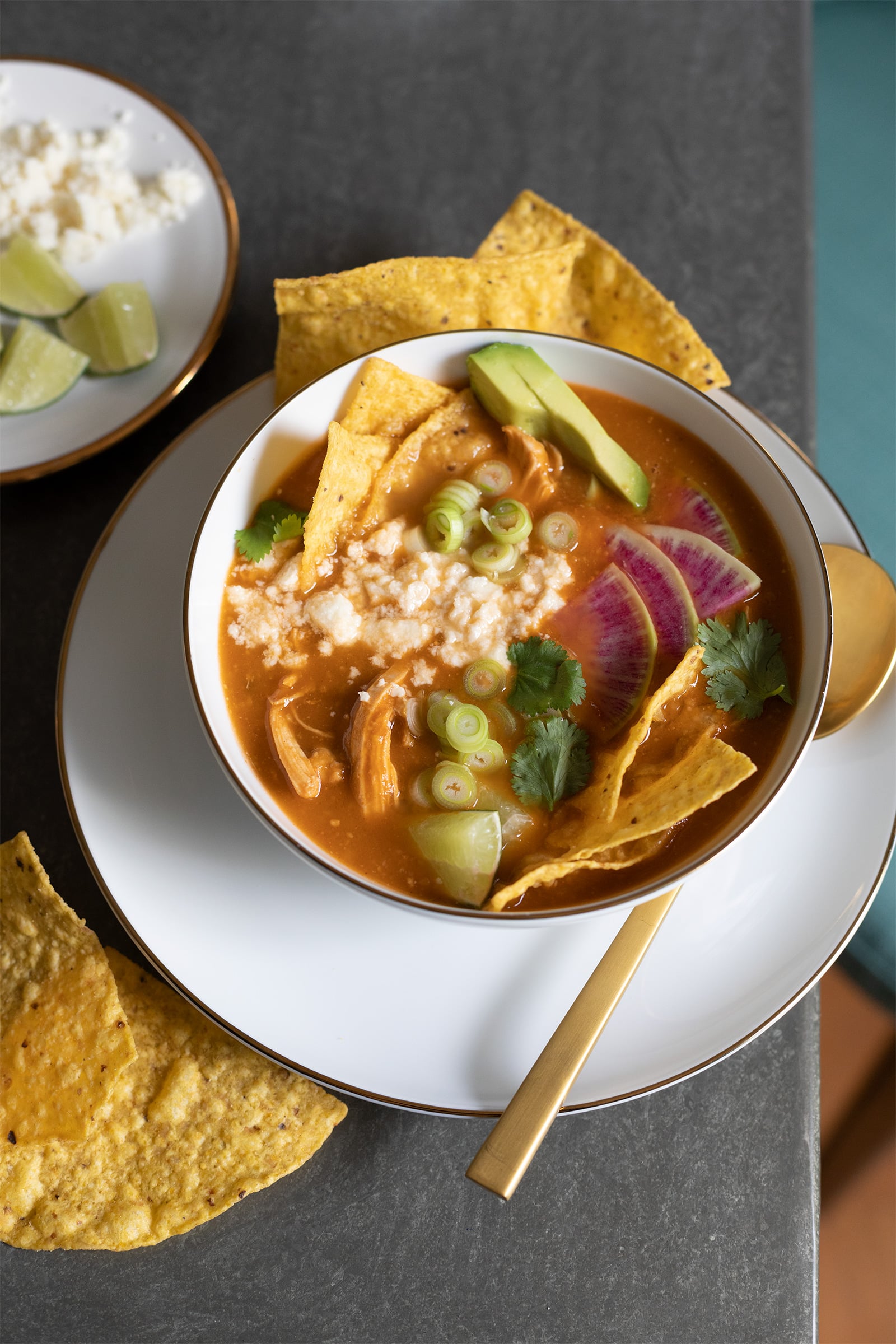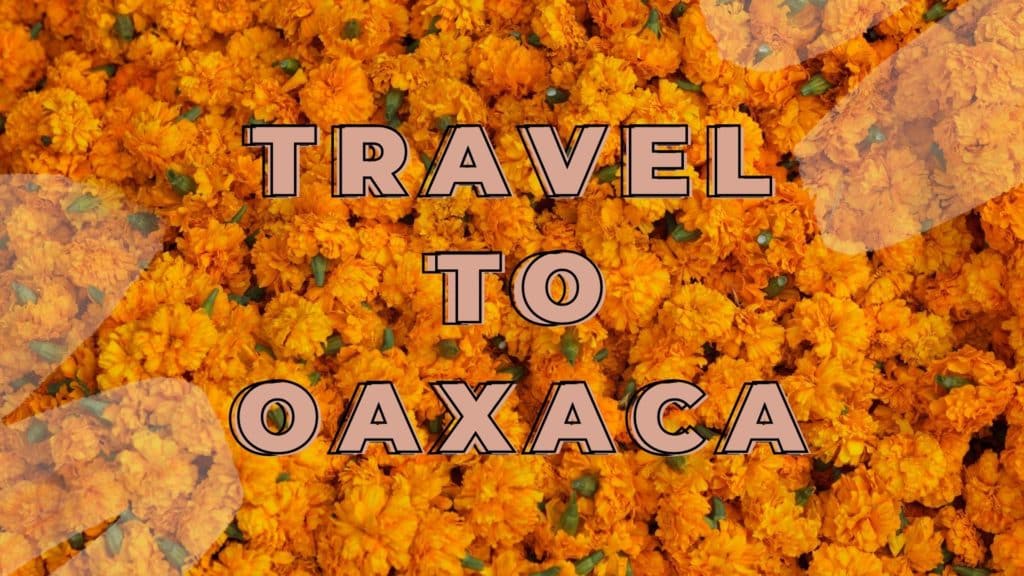Chances are you’re an inquisitive traveler.
That’s because most Salt & Wind travelers are as curious about the background of the food we seek out at home and abroad.
Maybe you’ve had a comforting bowl of pozole in Nayarit or mole in Oaxaca and wondered whether the recipe existed during Mesoamerican times, or before Mexico was even called Mexico.
The interesting thing is some of these indigenous dishes and snacks come with mysterious origin stories and some recipes are thousands of years old.
Prehispanic Dishes To Try In Mexico
And some of these regional dishes and snacks are difficult to find anywhere else but in Mexico. So, below we’re sharing some prehispanic dishes to seek out on your next trip to Mexico, as well as a generous helping of ancient Mexican food culture history.
Chapulines
Fried grasshoppers, or chapulines, have been a tradition among Mesoamerican communities for thousands of years. In fact, the Maya considered grasshoppers a delicacy from the gods.
These days find chapulines throughout Mexico, especially in southern and central Mexico, and particularly in Oaxaca state. They’re sold by the bag in markets and at baseball games.
In metropolitan areas, like Oaxaca City, locals eat chapulines from a brown paper cone as a seasonal snack, like popcorn. Typically, they are either toasted on a comal (or griddle) or fried to produce a crispy texture. And they’re often seasoned with chile, lime, and garlic. Though in more rural areas and among older generations chapulines stir up mixed feelings as some Oaxacans associate eating grasshoppers with the scarcity and poverty of the Mexican Revolution (1910-1920).
On the other hand, some local chefs serve chapulines on their menus as a way to preserve and educate their guests about Mesoamerican culinary culture.
Chocolate
Chocolate—as in processed cacao pods from the native cacao tree—traces back to Olmec, Maya, and Aztec times. Their versions were often bitter and consumed as a thick and frothy drink. Chocolate comes from the Nahuatl word, “xocoatl.”
In Mexico, Oaxaca, Chiapas, and Tabasco states grow cacao. They’re also well-loved regions for chocolate. For example champurrado is a chocolate and corn-based drink from Oaxaca
Chocolate’s popularity didn’t reach Europe till the late 1500s. The Spanish brought it back to Spain from present-day Mexico, and from there it spread to Italy, France, and throughout Europe. That’s when Europeans began processing it into a smoother texture as traditional Mexican chocolate is coarser.
Cochinita Pibil
Even though cochinita pibil isn’t 100 percent Mesoamerican (because remember pork was introduced to the region by the Spanish), cooking protein in an underground oven or pibil is. Before the 16th century, the Maya made this slow-cooked dish with wild game like venison or wild boar.
The dish is most closely associated with Mexico’s Yucatan region. Spices and other flavorings used in cochinita pibil, or “little pig cooked underground,” in Spanish, blend both Old World and New World ingredients
Before pork is wrapped in banana leaves and left to cook underground for hours, meat is dressed in a bright paste made of annatto seed (indigenous), salt (indigenous), sour Seville oranges (introduced), and habanero chile (introduced); plus pickled onion to serve. In Mexican homes, cochinita pibil is a traditional weekend meal.
Mole
Though we may never know mole’s true origins experts believe its pre-colonial roots are at least partly true, seeing as indigenous women ground native chiles, cacao, and other foods on a metate (or stone grindstone) long before Spanish contact. But it’s unclear whether they ground these foods to make a sauce.
There’s also a legend about an indigenous woman who worked as an assistant in a convent. Instead of the recipe, she was told to make for a visiting dignitary, she went off-script and prepared her own version of a saucy dish
Many versions of mole exist throughout Mexico, including mole negro, mole Rojo, and mole coloradito—and that’s just naming a few of Oaxaca’s moles! Making it takes time and involves more than a dozen ingredients—dried chiles, nuts, seeds, herbs, and spices. It’s often served with poultry or beef but the real star is the sauce. In Mesoamerican times, the mole was made with turkey.

Pozole
Pozole (or posole) is a brothy stew made with hominy, pork, and garnishes like radish slices, shredded cabbage, and crumbly Cotija cheese. Just to make sure we’re on the same page, hominy is nixtamalized corn kernels (softened by a lime mineral solution). The dish comes from the Nahuatl word “pozolli,” or “potzolli,” meaning corn stew.
Pork is the go-to protein and has been since the Spanish introduced it in the 1500s and banned cannibalism. Before that, the Aztecs made this dish from human flesh as part of sacrificial ceremonies.
All of Mexico serves pozole, with regional differences like pozole rojo, which is made with Arbol, poblano, or guajillo chiles and hails from Jalisco; pozole verde made with tomatillos and green chiles; and pozole blanco which is most common in Guerrero and is made without chiles. No matter what color the broth is, oregano, onion, and lime are standard ingredients across recipes.
As one of the most typical dishes of ancient Mexican culture, pozole makes appearances at celebrations like during New Year, Christmas, and birthdays. It’s also a popular hangover remedy.

Tamales
A tamal (or the plural, tamale) is made from nixtamalized corn masa or dough that is stuffed with pork to chicken, seafood to veggies. The word tamal comes from the Nahuatl words “tamalli,” or steamed cornmeal, and dates back to Aztec times. But some experts believe tamales may have existed even before then—as far back as 8000 BC.
One thing we know for sure is that we have ancient Mesoamerican civilizations to thank for this steamed foodstuff. Unless you’re in Yucatan for example, where tamales are baked instead of steamed and wrapped in banana leaf vs. corn husk. Overall there are regional versions of tamales but what’s true for all tamales is they’re time-intensive to make but so worth it.
Mexico eats tamales year-round but especially during Day Of The Dead and in December and January during religious holidays. Making tamales is a family tradition in Mexico, and the U.S., Puerto Rico, Central, and South America.
Tlacoyos
Tlacoyos are popular, football-shaped antojitos (or snacks) made of yellow or blue corn masa and stuffed with mostly vegetarian ingredients. Supposedly tlacoyos go back to the Olmec — the first major civilization in Mesoamerica.
The name comes from the Nahuatl word “tlahtla≈çyoh” meaning “tortilla wrapped around beans.” Early Spanish texts describe scenes from indigenous outdoor markets featuring stuffed corn-based products, some of which are likely early versions of tlacoyos.
Other common fillings include squash blossoms and mushrooms. Then there are the toppings: everything from nopales (cactus paddles), cheesy requesón, cilantro, onions, and salsa are fair game.
Street vendors sell tlacoyos all over Mexico City in the mornings as a common breakfast food, and afternoons. Find them in the states of Veracruz, Guerrero, Puebla, and parts of Michoacán, too.
Pro tip: Eat them fresh off the comal as they dry out and harden quickly once cooled.

Sopa Aztec
Sopa Azteca (or Aztec soup), aka tortilla soup, is a traditional recipe that likely dates back to Aztec times. Its exact origins are murky at best but it’s believed the soup originated in central Mexico seeing as one of its central ingredients is corn-based. Meaning, the soup was probably created in parts of Mexico where corn was a staple crop for generations, like present-day Mexico City and the region of Tlaxcala.
There are many versions of tortilla soup yet recurring ingredients start with chili and tomato-based broth and include crispy tortilla, oregano, or the herb epazote. Garnishes include avocado, cheese, and lime. Beans and animal protein like chicken or turkey are sometimes added
Although tortilla soup is a traditional home-cooked recipe, find it at taquerias mostly around central Mexico.
So even though a handful of these classic Mexican dishes aren’t 100 percent indigenous, the point is that from a culinary perspective history’s made Mexico one of the most interesting countries to eat our way through and we can’t wait to go back ASAP.
Have Us Plan Your Mexico Trip
Thinking of traveling to Mexico soon? Our travel planning services are here to help you have the ideal vacation. After discussing your preferences during a short consultation, we’ll plan your perfect itinerary.
Whether you’re looking for custom travel planning, to join one of our small group trips, or need help with reservations, the Salt & Wind team is here to help. Contact us today to learn more!
